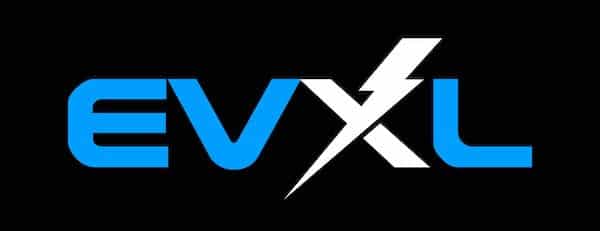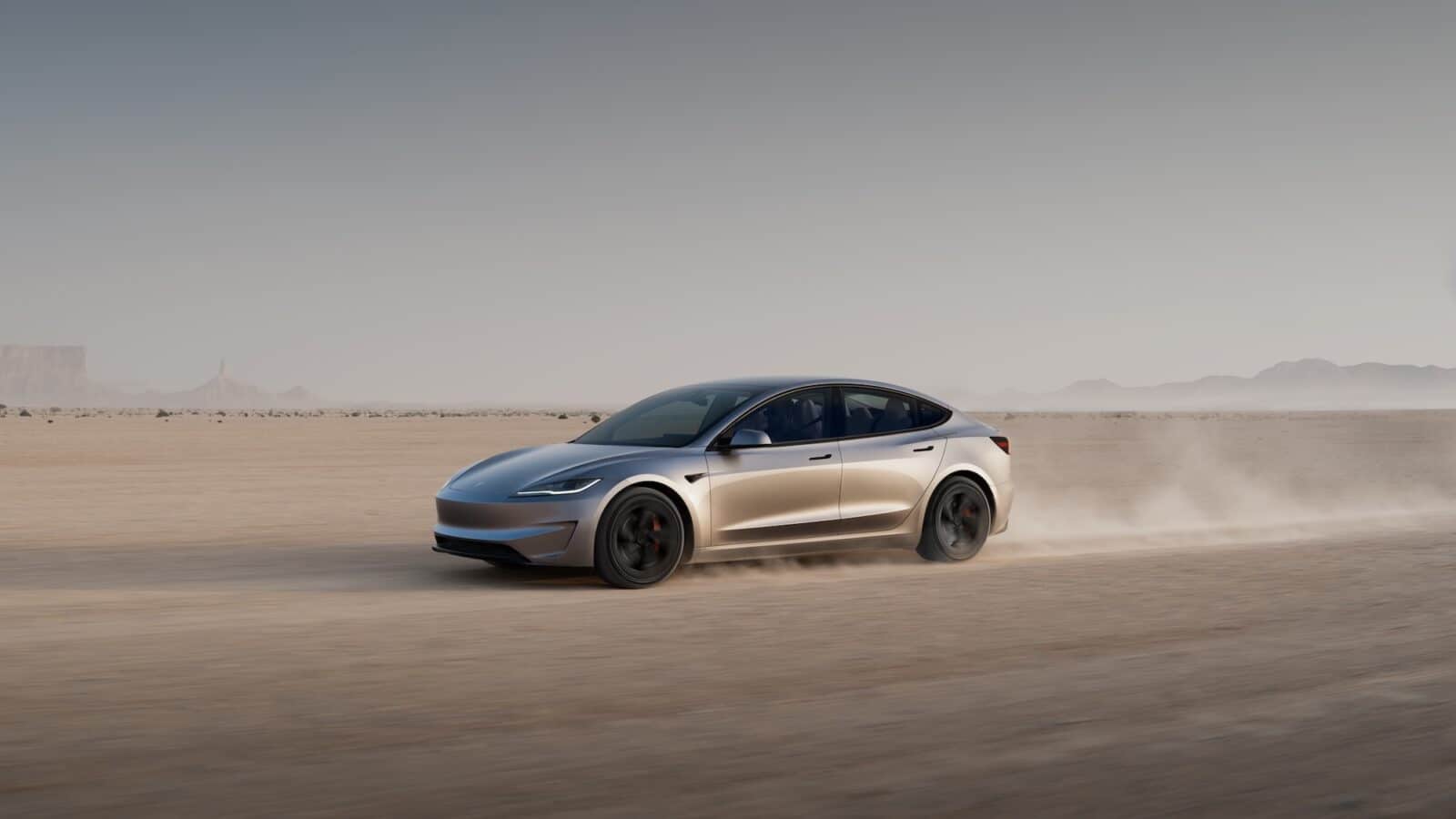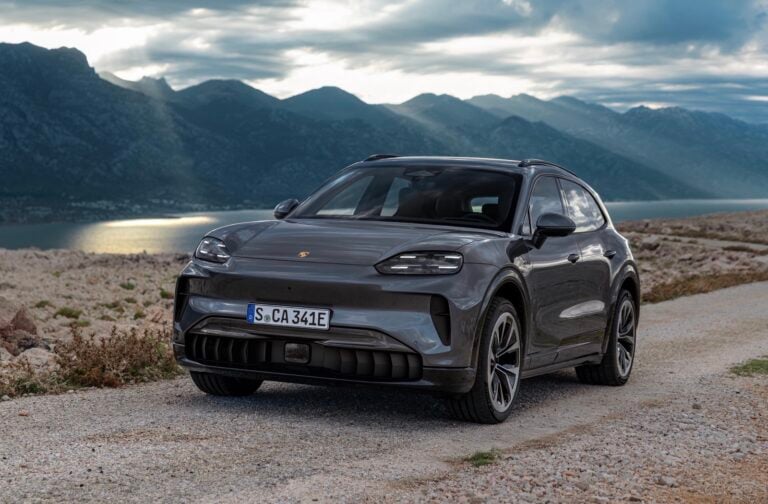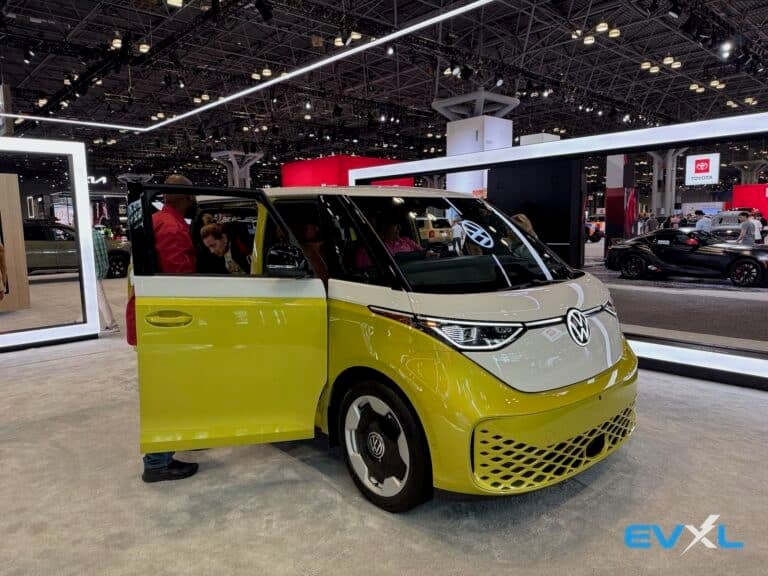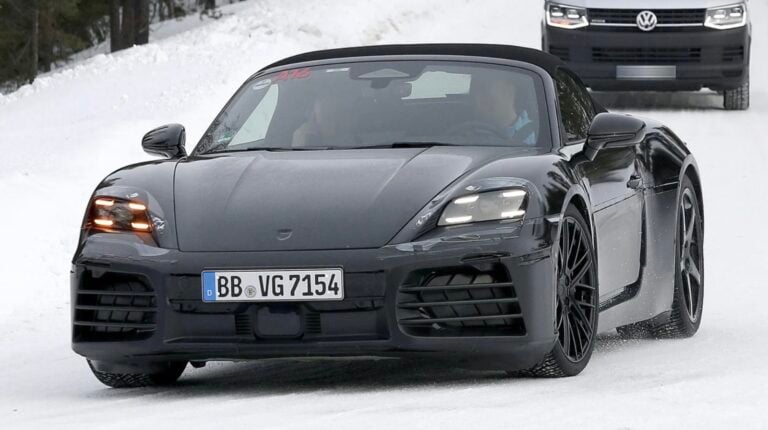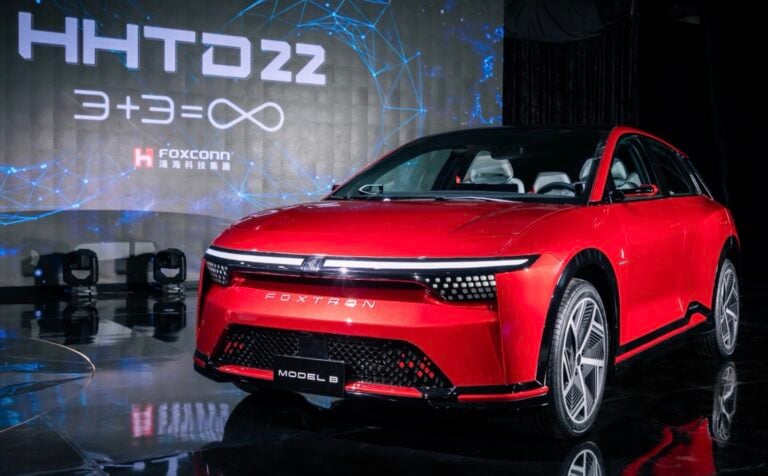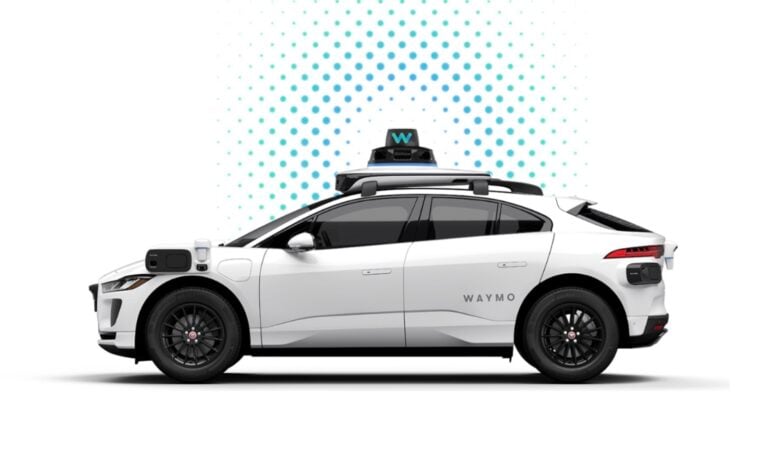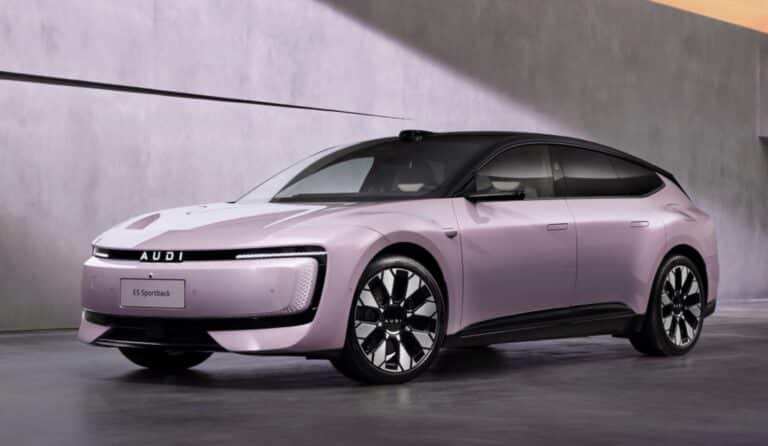Hybrid vehicles have overtaken electric vehicles in California’s auto market share for the second quarter of 2025, according to the California New Car Dealers Association’s Q2 Auto Outlook Report. The report shows hybrids gaining momentum while EV registrations continue to slump, challenging the state’s long-term zero-emission vehicle targets.
Hybrid Vehicle Registrations Climb as EV Market Share Declines
The CNCDA found that electric vehicles (EVs) suffered an 18.3% drop in registrations in the first half of 2025 compared to the same period in 2024. EVs now represent 18.2% of California’s Q2 market share, down from 20.8% in Q1 and below the 22% share recorded in 2024.
Hybrids, by contrast, rose to 20.3% of market share in Q2, up from 17.9% in the prior quarter. Year-to-date, hybrid registrations have increased 54%, giving them 19.2% of the market to date. EVs still hold a slight edge year-to-date at 19.5%, but hybrids’ rapid growth signals shifting consumer choices.
Price Differences Driving Consumer Decisions
Industry analysts point to affordability as a major factor in the hybrid surge. New Tesla models currently range from $42,490 to $89,990 (Carfax), while the 2026 Toyota Prius starts at $28,550 (Toyota). The lower entry price for hybrids makes them more attainable for buyers wary of higher monthly payments, insurance costs, and charging infrastructure investments.
Policy Uncertainty Complicates EV Transition
The downturn comes as California faces policy challenges to its clean energy mandates. The state’s Advanced Clean Cars II regulation, which requires 100% of new car and light truck sales to be zero-emission by 2035, was set to begin in 2026. However, this year Congress invalidated the EPA waiver that enabled California to enforce stricter standards than federal law allows, prompting the state to sue.
To stay on track with the 2035 roadmap, automakers would need to move EV sales to 35% of new vehicles over the next few years—an increasingly daunting goal given current trends.
Broader Market Conditions Adding Pressure
While overall California new car registrations rose in early 2025, inflation, tariffs, and consumer caution are slowing momentum. The CNCDA told The Center Square that it cannot predict the second half of the year but expects market conditions to weigh on all vehicle segments, including EVs.
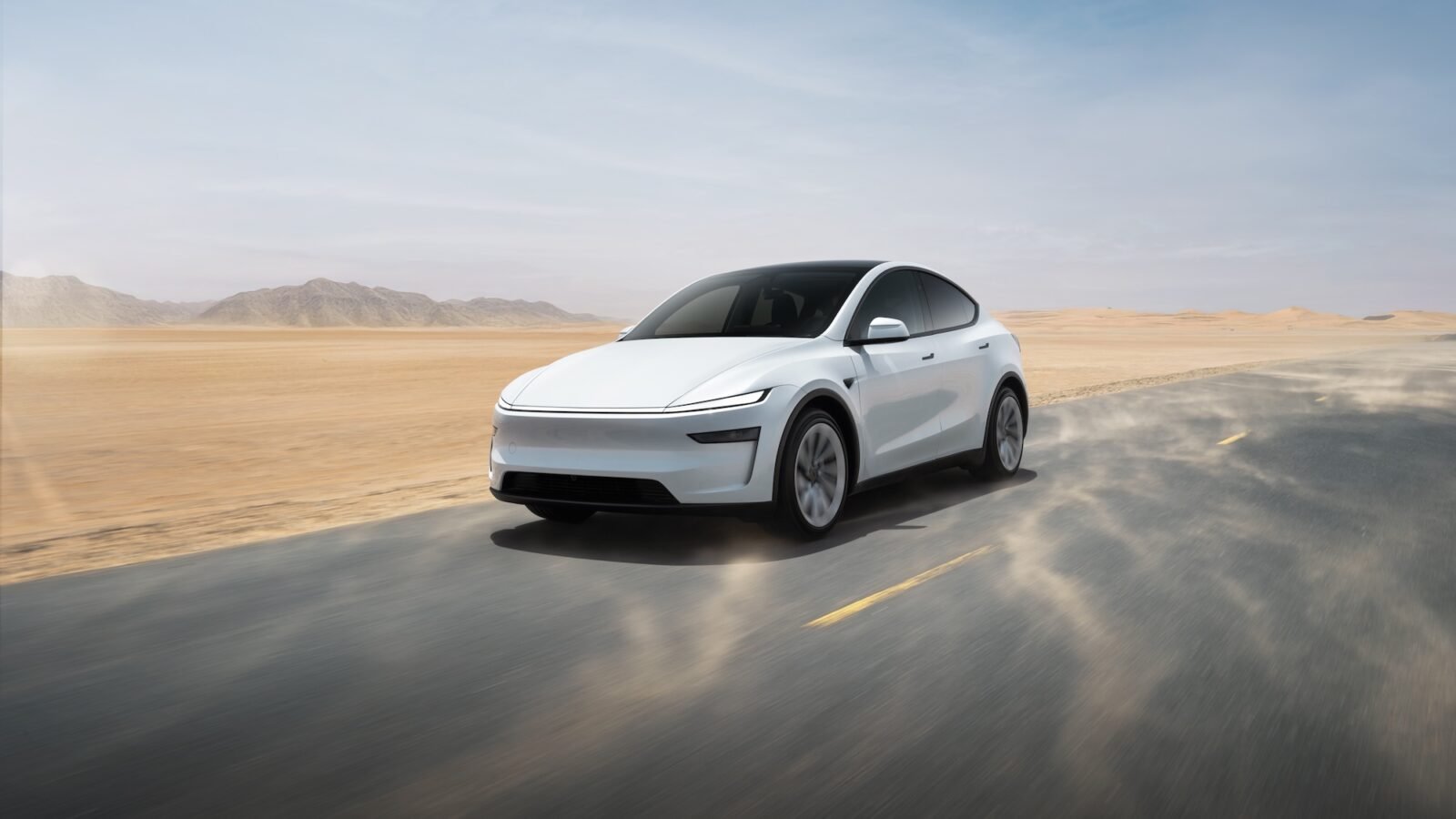
EVXL’s Take
California has long been the bellwether for EV adoption in the U.S., but hybrids now appear to be capturing cautious buyers who want improved efficiency without steep upfront costs or charging uncertainties. The latest sales data raises key questions:
- Can EV sales rebound fast enough to meet California’s 2035 ban?
- Will hybrids ultimately serve as a bridge technology, or delay the transition to full electrification?
- How will stalled policy momentum at the national level affect automakers’ willingness to push EV-first strategies?
With EV affordability, charging network expansion, and regulatory stability all in flux, EVXL will continue tracking whether hybrids’ surge is a short-term market correction—or a longer-term pivot in consumer preference.
What do you think? Are hybrids a stepping stone or a setback to California’s EV goals? Share your perspective in the comments.
Photos courtesy of Tesla.
Découvrez plus de EVXL.co
Subscribe to get the latest posts sent to your email.
